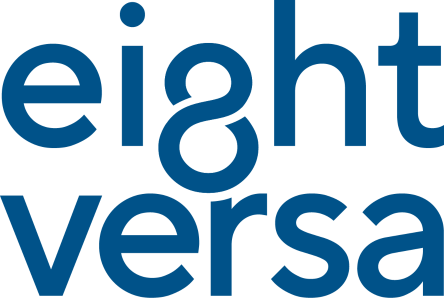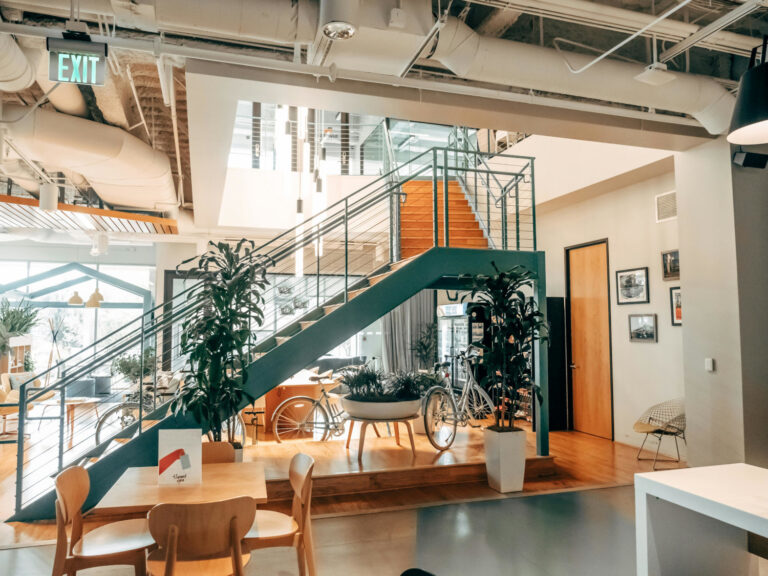What is Carbon Offsetting?
First let us look at carbon offsetting. Carbon offsetting was devised in the 90s as a means for businesses and individuals to ‘pay’ for or compensate out their carbon emissions.
Everything we do leaves an environmental footprint, from our personal life to the organisations we work for. For example, in a business this could range from the energy usage of an office building to the disposal of residues and materials from a product. It even includes the footprint of your value chain as it measures the direct and indirect emissions of an organisation known as your Scope 3.
Carbon offsetting means paying for others to avoid emissions or absorb CO2 from the atmosphere to compensate for your own emissions. You need to calculate your emissions and work on substantially reducing them before you buy credits to compensate it.
Carbon credits can be generated by different projects, for example by planting trees to sequester carbon from the atmosphere as they grow, or by delivering energy-efficient cooking stoves to communities in developing countries and avoiding a wider pollution. You can learn more about carbon offsetting with our FAQs.
What is Carbon Insetting?
Insetting is a relatively new term, so there’s still mixed understanding of its meaning, boundaries and benefits. It has the same goal as offsetting: to balance carbon emissions by investing in activities that remove or avoid emissions to the atmosphere. The difference is that you are offsetting your emissions from within your value chain.
This means that insetting is applicable mainly for businesses in food, retail, pharmaceutical or industrial as they usually source raw and natural materials or own a significant amount of land for their operations. The opportunities to inset will depend on the size of these factors and the amount of CO2 sequestration schemes you can implement within your control. Therefore, insetting should be the first point of call to explore before working in tandem with other emission-reduction strategies.
How Does Carbon Insetting Work?
The most common use of insetting is working together with the agricultural partners of your value chain. A company that uses natural ingredients might invest in agroforestry or biodiversity initiatives in the places those ingredients grow. For example, Danone is investing in soil health in their local ecosystems because healthy soil grows better crops and sequesters carbon more effectively. Other opportunities include improving waste management or introducing hydropower.
Nespresso for example have embarked on a huge agroforestry scheme that involves planting 10 million trees within their supply chain. They recognise that by investing in nature-based climate solutions there is a ripple effect that allows for low carbon practices. The initiative is seen as a ‘virtuous cycle’ as the positive impacts not only offset emissions but also help farmers with better land, better ecosystems and better revenues. Some other popular brands that have introduced insetting schemes in a variety of ways include Ben and Jerry’s, Chanel and L’Oréal.
What are the Benefits of Insetting?
So why is everyone from Nespresso to Chanel to Danone interested in carbon insetting? Here are some of the benefits.
– Build Resilience – Strengthen ties with your supply chain as you invest in the land and people within it. Suppliers are more likely to demonstrate long-term trust and loyalty to your partnership as you help them stimulate business growth which results in more resilient supply chain management strategies.
– Maintain Control – Guarantee the longevity and effectiveness of your sustainability initiatives with schemes that take place more within your control. You’ll be able to align the incentives with your overall mission and demonstrate greater accountability as you directly influence what gets measured, managed and sequestered.
– Diversify – Insetting may be one piece of the wider puzzle to achieving your goals which means you’ll have a more holistic and sophisticated environmental portfolio as a result. By diversifying your efforts, you’ll be able to show the depth and breadth of your sustainability roadmap that covers a full suite of co-benefits.
– Drive Value – Enable business growth by investing in problem areas in your supply chain. By improving crop yield or quality for example, you bolster the company’s bottom line. This will not only provide greater efficiencies within your operations, but it can also strengthen your reputation as a credible leader in sustainability as you demonstrate robust and detailed commitments to improving your environmental impacts.
Insetting can require a high amount of preparation and consideration to identify the opportunities that will help you achieve your environmental targets. Partnering with an expert sustainability consultant will provide a credible approach where you can measure, verify and report on your progress. Having someone to support you through the process and provide a holistic view on, not just your insetting strategy, but your full sustainability objectives will help you successfully reach your goals.
If you’d like to know more about insetting or how you can create a roadmap to Net Zero Carbon, get in touch.
Stacey Cougill, Director
Stacey is a Director at Eight Versa where she leads the ecology and conservation aspects of the business. She has delivered a wide range of sustainability projects of all scales over the last 19 years which includes offsetting using bespoke nature-based solutions.






